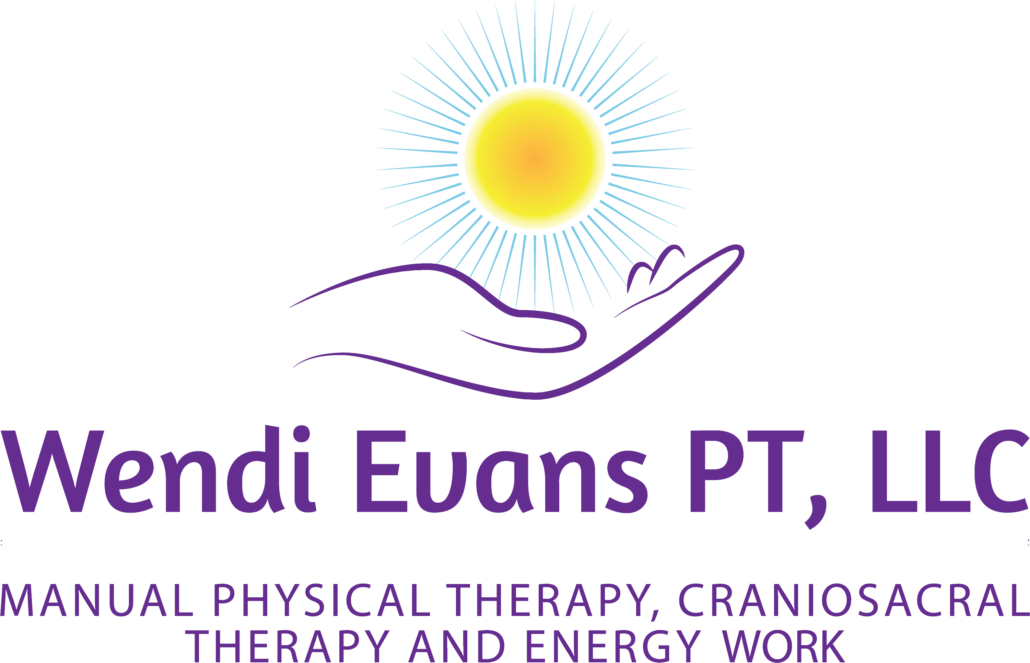What can I expect the first visit?
The initial session lasts 90 minutes. I will review your medical history and discuss any symptoms and your goals for treatment. Then, I will assess your whole system for restrictions or areas of decreased vitality. This would include evaluating your alignment, the mobility of your joints, spine, ribcage and diaphragm, the muscular system, the CranioSacral system, and your energy flow. I then prioritize the dysfunctional areas and begin treatment on the worst restrictions first. Patients typically receive 45 to 60 minutes of treatment on the first day.
How long do follow-up sessions last?
Regular treatment sessions last 60 – 75 minutes, and are composed entirely of hands-on techniques and instruction in exercises that can be done at home. There are no modalities or machines used. (This is in contrast to traditional physical therapy practices, where you may receive only 15 minutes of direct time with the therapist, while the rest of the session involves the use of machines or time spent exercising on your own.)
How does this type of therapy differ from traditional physical therapy or chiropractic care?
I offer a more holistic, gentle and comprehensive approach than most other physical therapists or chiropractors. Due to the time constraints in most traditional settings, the practitioner can only focus on the symptomatic region. However, many times the area of pain is actually associated with the body’s attempt to compensate for dysfunction elsewhere. For example, treating dysfunctions in the foot, ankle and lower limb, or even reducing compressive forces within the skull bones can improve the alignment of the pelvis (sacroiliac joints). Also, restrictions in the middle and upper back and ribcage often predispose a person to low back or neck pain. In order to reduce a dysfunctional pattern it is important to treat the contributing factors, as well as the painful site. Sequencing the treatment in order of the severity of the restrictions involved can greatly improve the effectiveness of the session. Finally, I do not use aggressive or high velocity thrust manipulations. Significant changes can still be made with gentle techniques.
How does this treatment differ from massage therapy?
The techniques used in manual therapy and CranioSacral Therapy are designed to treat dysfunctions of the musculoskeletal system and regulate the nervous system. As restrictions are reduced, the pain/spasm/pain cycle is diminished. We are addressing the underlying reasons why the muscles are tense in the first place. This treatment approach can be combined with massage therapy and/or acupuncture, or it can stand alone.
Does the therapy hurt?
The majority of the treatment techniques that I use are quite gentle. For example, CranioSacral Therapy can be effective using forces as light as the weight of a nickel to release membrane tension within the skull. In addition, I often use indirect techniques, which means moving the soft tissue or the joints into the position of ease, rather than going directly into the restriction. This often allows the region or joint to unwind and self-correct mobility and alignment. I do not use forceful thrust manipulations. It should be noted, however, that some soreness after a session may occur, especially at first, as the body reorganizes.
How frequently do I need to be treated?
If the patient is in acute pain, treatment will usually be once a week. If the symptoms are less severe or more chronic in nature, one session every 2 weeks may be sufficient. It is generally wise to give the body some time to reorganize around the work that was done before the next treatment. This is in contrast to other forms of therapy, where it is expected that you need to commit to treatment 3 times a week for period of time, in order to achieve results. As the patient improves, the space between treatment sessions can be lengthened.
What do I wear?
It is best for patients to wear loose, stretchy clothing that will not restrict movement. Jeans are discouraged.
What is meant by the mind-body connection?
When people experience stress, it can affect their body in the form of jaw clenching, headaches, digestive symptoms, or increased tension in the neck and shoulders. In addition, the remnants of physical or emotional trauma can be stored in the tissues or organs of the body, creating restrictions.
Gentle hands-on techniques, including CranioSacral Therapy and energy work, combined with visual imagery and deep breathing, can release stored tension and aid in relaxing the nervous system. Energy pathways are stimulated, as blockages are removed from restricted areas. This can have far reaching positive effects in terms of pain relief, improved mood and vitality, and improved function of the cardiovascular and immune systems.
What is the CranioSacral system?
The CranioSacral system provides protection and nourishment for the brain and spinal cord. It includes membranes within and attached to the skull, the dural tube surrounding the spinal cord and the cerebrospinal fluid (CSF) contained within these membranes. The dural tube attaches to the sacrum at the base of the spine. The CranioSacral system works to produce, circulate and absorb the CSF in and around the brain and spinal cord.
A trained therapist can palpate the rhythm of the rise and fall of the CSF by detecting the subtle motion of the skull bones, the sacrum and the soft tissues of the body.
A compromise to the system from an injury, surgery, infection, the aging process or other stressor can torque, slow down or impair the rhythm and create dysfunction in the central nervous system or other systems of the body. Fortunately, gentle forces can release compression in the skull and restrictions along the spinal cord and sacrum, thus allowing the CSF to flow more freely and the nervous system to be better balanced.
Furthermore, it is now understood that that the brain cleanses itself via the glymphatic system, which functions similarly to the lymphatic system in the rest of the body. CSF is pumped from the arterial system into the brain, and then waste products and extra fluids are swept from the brain into the venous system, promoting detoxification of the tissues. CranioSacral therapy helps to facilitate this cleansing process by enhancing the flow of CSF.

